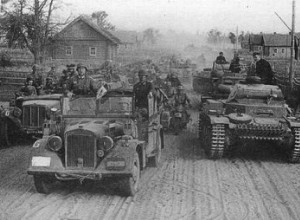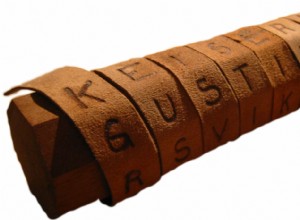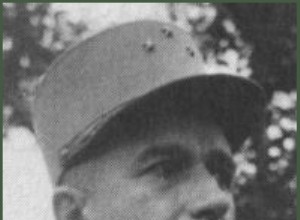The First World War opposed the Triple Alliance, made up of the German Empire, the Austro-Hungarian Empire and Italy, to the Triple Entente (France, Great Britain, Russia joined by Italy and the States). This war is bogged down in the trenches, leaving nations bloodless, especially Germany. Indeed,




